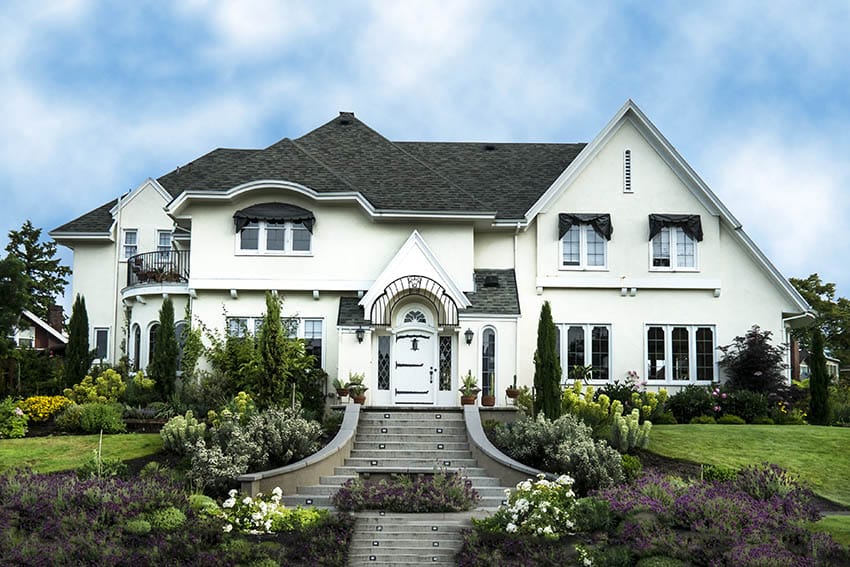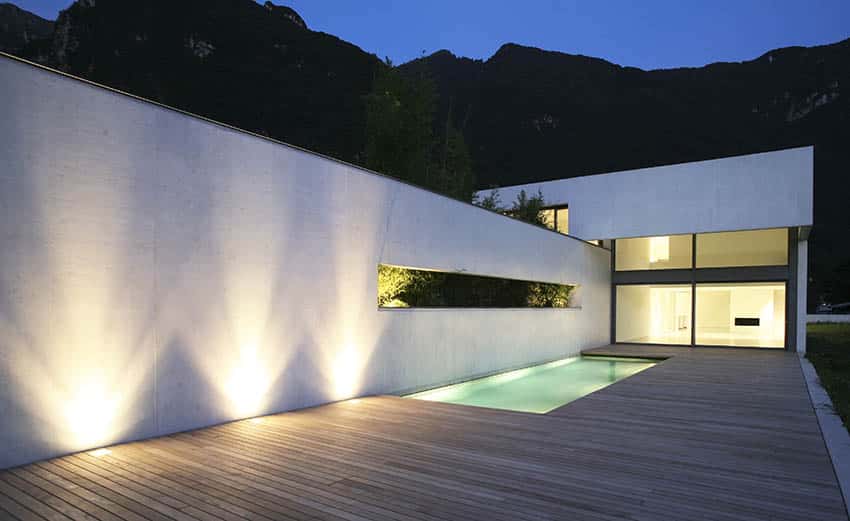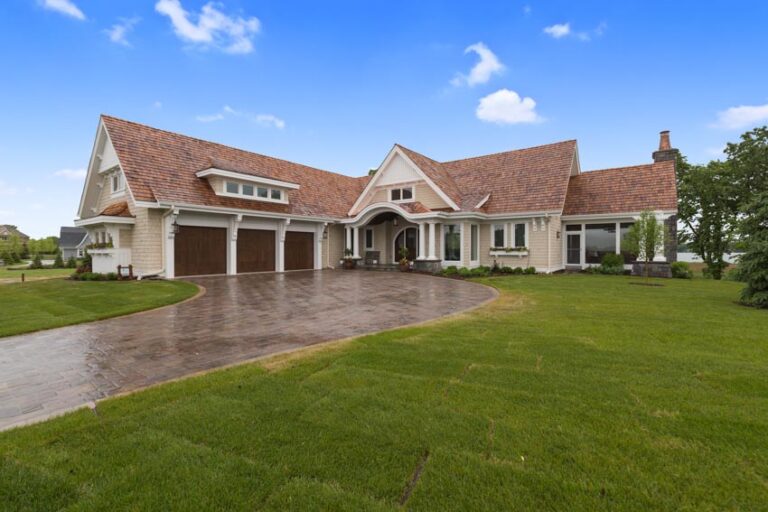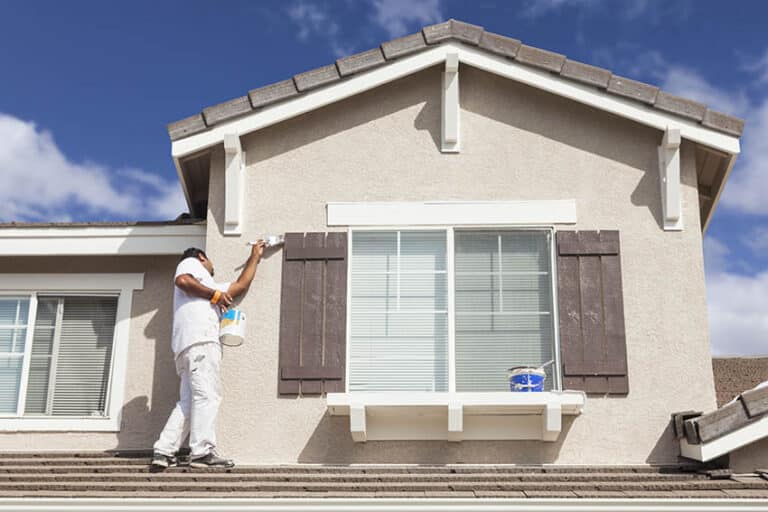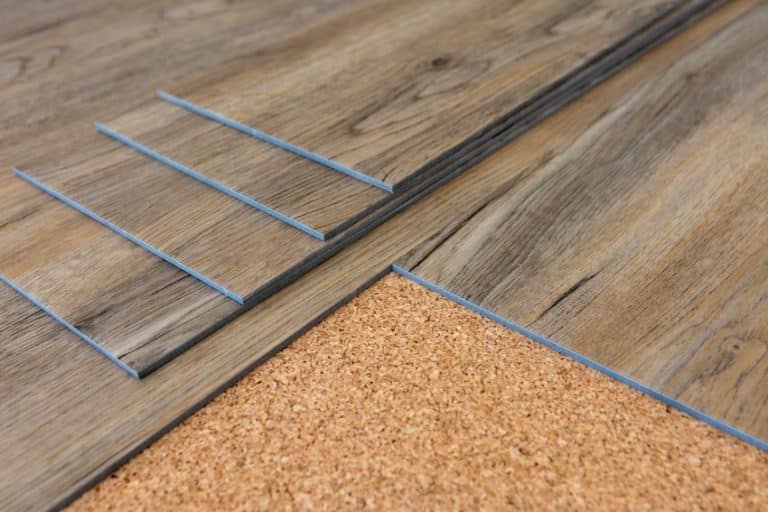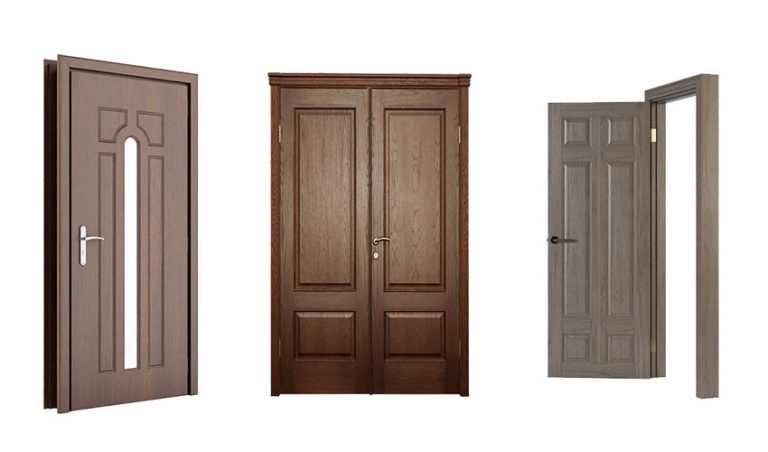Stucco vs. Plaster (Differences & Best Types)
When undertaking a home improvement project, two common building materials, stucco and plaster, look similar once finished. Many people can’t tell the difference between the two; they’re applied with the same technique, have similar thicknesses, and share the same textures. Both common residential building materials provide durable, long-lasting finishes with superior fire resistance.

Stucco and plaster are low-maintenance and allow artistic finishes other residential building materials can’t. Today, both materials are manufactured in large volumes, and both are used when building many new homes, providing excellent options for remodeling projects.
What Is the Difference Between Stucco and Plaster?
There are several fundamental differences between stucco and plaster, starting with the most basic fact: stucco is an exterior siding material, and plaster is an interior wall finish.
Stucco is made of Portland cement, sand, and lime-based materials, while plaster is composed of cement, sand, and gypsum.
The two construction materials are powders mixed with water to form a paste. Both include an aggregate such as sand, and both need water to activate the materials, allowing it to cure. The important difference between the two is the binder that holds both materials together; lime and gypsum.
Stucco paste adheres to exterior sidings such as particleboard or stone and is left to dry. Depending on the type, several layers or a single layer create the surface, and then it’s textured with tools such as a trowel. Read more about the most popular types of stucco finishes here.
Plaster creates a similar paste or mud, and when applied to interior walls and ceilings, creates a decorative finish by way of different tools and sponges. In addition to walls and ceilings, plaster works well for casting decorative elements such as vases, statues, and indoor columns.
Composition of Stucco vs. Plaster
Modern stucco contains Portland cement, sand, and lime, with additional materials used for strength or aesthetics. Additives such as acrylic fibers or fiberglass strands, added to the mixture, improve the strength and help prevent cracking and chipping. These additives typically work with one coat types only. The coating withstands the rigors of weather, unlike plaster.
Plaster contains cement and sand as well but uses gypsum as a binder. The reaction of the gypsum with water gives off heat through crystallization and causes the plaster to harden.
Plaster walls inside a home provide acoustic sound barriers to keep out noise from traffic or other disturbances. Plaster adds dimension and style to indoor rooms with a raised surface similar to stucco, and it holds up for years.
Can You Stucco Over Plaster?
With proper preparation of a plaster wall, you can stucco over the plaster. The first step is to clean the plastered wall of dust, dirt, and grime. The raised surface of plaster collects dust and even oils that are carried in the air. It needs to be completely clean before applying a new surface.
Once the plaster is clean and dry, it’s painted with a bonding agent. Be sure the plaster is absolutely dry before applying the bonding agent. Any trapped moisture will remain and possibly lead to cracks, chipping, and mold.
What Is the Best Type of Stucco?
The main categories of stucco include traditional or cement and newer synthetic types. Cement stucco is durable and stands up to harsh outdoor elements.
When mixed and applied properly, traditional stucco lasts from 50 to almost 80 years. The process of application includes layers unless the newer one-coat stuccos are used.
One-coat stuccos are an efficient system of applying a three-coat layer in one layer. The process is easier to install and faster. One-coat types make a great base for premixed colored cement and elastomeric coatings, stretchy and thick, to allow customized finishes.
Two-coat and Three-coat stuccos entail multiple layering combined with a finish coat. It’s a tedious process and takes much longer to finish.
Synthetic stuccos do not include cement or lime. It’s made from acrylic resin and dries quickly and evenly. Synthetic types do not require a mesh base to adhere to; instead, a foam board attached to the original surface acts as the base for the application.
The system of installation used with synthetic stuccos, exterior insulation, and finish system (EIFS) includes multiple layers, according to Stocorp.
It’s more resistant to water damage than traditional applications and remains slightly pliable because of the acrylic resin. This flexibility aids in preventing cracks and damage from movement under the coating caused by problems such as shifting sand.
For an enhanced remodeling project experience, consider working with professionals offering quality services to achieve the desired outcome. To see more related information about house exteriors, visit our page about stucco vs siding.


